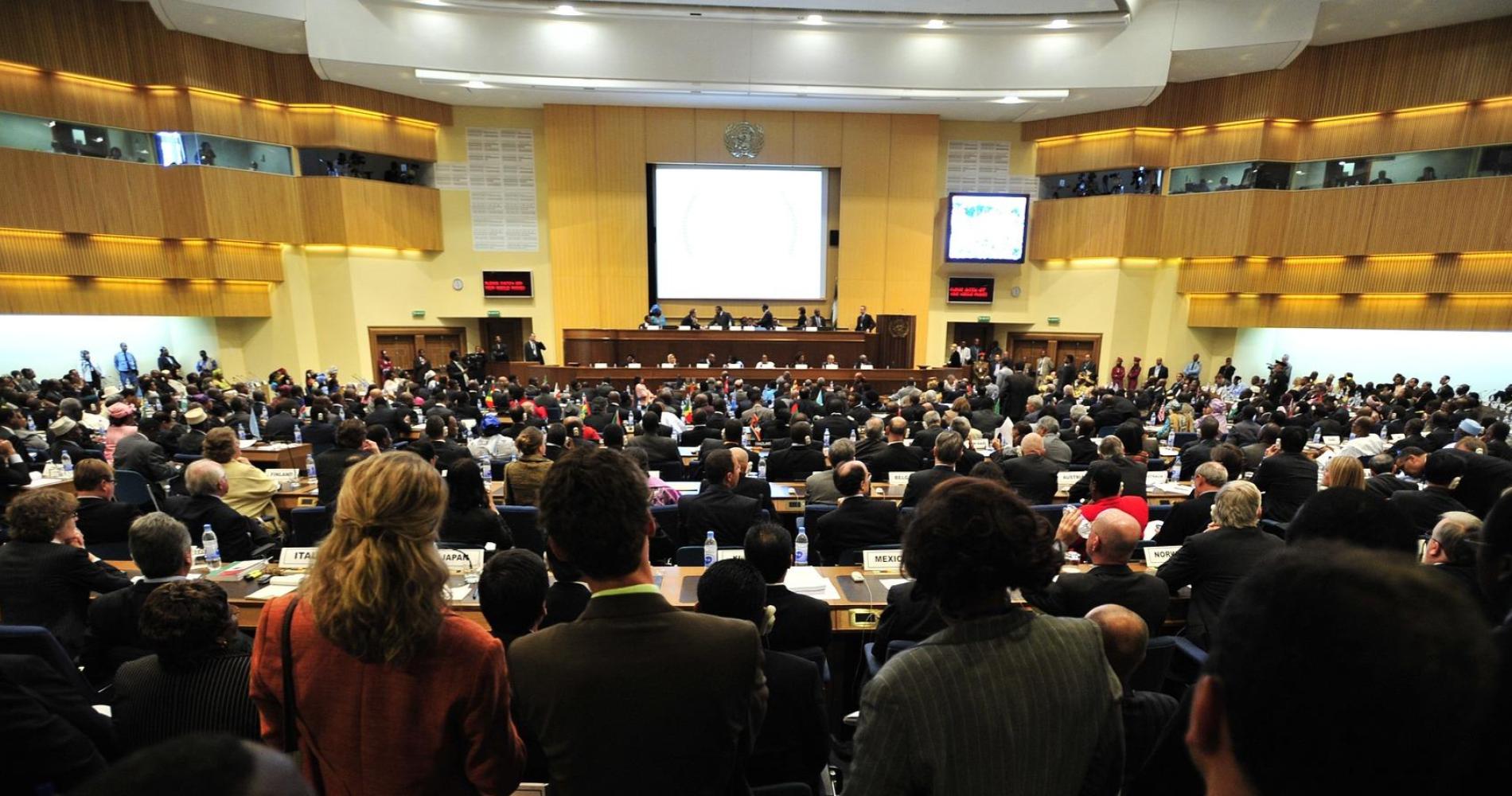Last week, Ethiopia and its allies against Tigray forces reached a ceasefire deal last week. A major component of the two-year conflict that led to thousands of deaths has been the accelerated deployment and use of drones by both sides.
Indeed, the Ethiopian Air Force has become a significant operator of armed drone platforms. Produced in Turkey, China, and Iran, they are affordable, effective, and easy to purchase. Among the drones that Ethiopia used during the country’s civil war is the Turkish-made Bayraktar TB-2.
This UAV carries up to 150 kg, is controlled from up to 300 km away, and performs missions at 18,000 to 27,000 feet altitudes. Meanwhile, it was reported by the Eritrean Press Agency last year that the country’s air force has established a UAV squadron dedicated to building its long-endurance, aerial reconnaissance and surveillance capabilities.
Eritrea has reportedly received eight armed Zala KYB drones from Russia. The so-called kamikaze drone (technically “loitering munition” or “circuiting munition”) is designed to hit targets and then self-destruct. The relatively new device is inexpensive and particularly agile in its potential applications.
Proliferation of drone usage across Africa
These developments are part of a broader trend. Over the last decade, African states are increasingly acquiring drones to fight armed groups. As a result, the proliferation of drone usage in Africa poses a serious security threat to the continent’s stability and the well-being of civilians.
In response, the Geneva Centre for Security Policy (GCSP) recently organised a meeting on the use and proliferation of military drones in Africa for representatives from Permanent Missions to the United Nations (UN) in Geneva. A range of experts on legal aspects, export control and military ethics addressed the many issues associated with UAVs.
Of particular importance were the discussions around the legal frameworks of International Humanitarian Law, International Human Rights Law, and the law governing the use of force (jus ad Bellum) and their application to weaponised drone use.
More broadly, the international community is now focused on the growing threat posed by drones. The United Nations Security Council Counter-Terrorism Committee met this month to discuss the proliferation of drones, among other emerging technologies.
On the rise in drone deployment, the committee’s Coordinator for Information Technologies, Jennifer Bramlette, said that Member States have already taken some steps to address it:
There are no-fly zones around airports and critical infrastructures. Companies themselves have taken steps to build in mechanisms for geo-locking so that if drones are found flying in certain places, they can be deactivated automatically.”
Need for innovative technology: now more than ever
The ceasefire agreement is a positive development. However, much more must be done. For one thing, this is not the first ceasefire in this conflict. Moreover, with the growing import, development, and use of military drones in Africa, bold action and innovative technology is required to ensure the protection of civilians and to address wider regional security considerations.
Traditional security methods such as perimeter fencing and surveillance cameras are not effective against drone incursions. It will take a mix of clear, regulated international legislation, counter-drone systems, training, and robust infrastructure to mitigate UAS attacks successfully.
Until then, some experts predict that the conflict in Ethiopia’s Tigray region could become the bloodiest and most costly of this millennium. The potential damage wrought by drones is no longer a nightmare scenario, but a grim reality.

